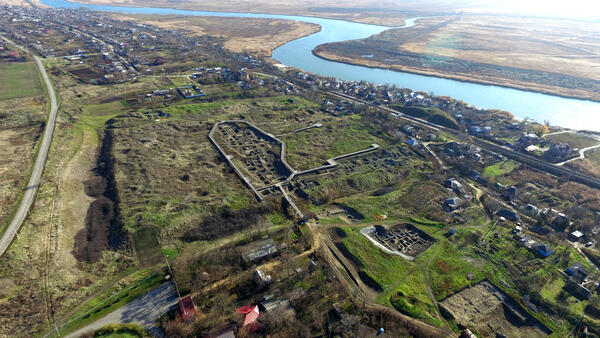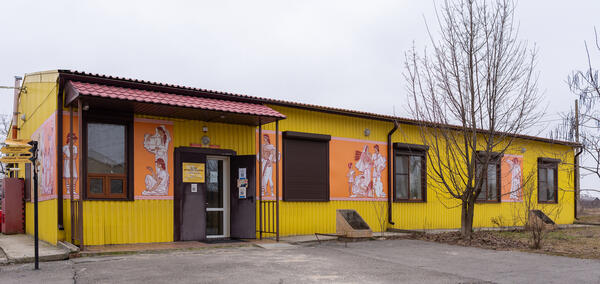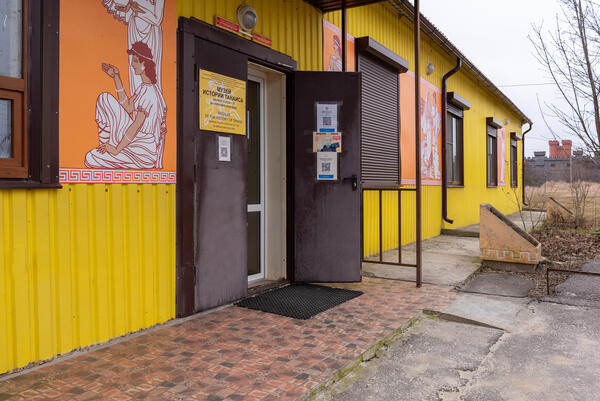The Tanais Archaeological Museum-Reserve is situated between Rostov-on-Don and Taganrog, the oldest city in Rostov Oblast. The museum focuses on exploring the preserved ruins of the ancient city of Tanais, which stood on the territory of the modern Nedvigovka village in Myasnikovsky District, Rostov Oblast, for nearly eight centuries.
The location of Tanais was identified in 1823 by Ivan Alekseyevich Stempkovsky, one of the founding fathers of Russian archaeology. The large-scale archaeological research of this area began in 1955. In 1958, the Rostov Regional Executive Committee issued a decree “On establishing the archaeological museum-reserve in the village of Nedvigovka, Myasnikovsky District”. In 1960, the museum-reserve was given a plot of land measuring approximately 20.3 hectares, which included the main area of the ancient settlement and a portion of the burial ground. In August 1961, the Tanais Museum-Reserve opened to the public as a branch of the Rostov Regional Museum of Local Lore. In 1990, it was reorganized as an independent cultural institution — the Tanais Archaeological Museum-Reserve.
Over more than 60 years of continuous research, archaeologists have uncovered about a tenth of the ancient city and several hundred burials from its necropolis. The excavated sites of the ancient city have become the basis for an extensive open-air exhibition. Additionally, the museum territory houses reconstructed ancient buildings, including a fortress tower, a Meot hut, a Polovtsian sanctuary, a wooden bridge over a moat, and a model of defensive structures scaled at the size of 1 to 10. The museum collection features over 150,000 artifacts. The most captivating exhibits are presented in the main museum building — the Museum of Tanais History — as well as the Historical Costume Museum and the Exhibition Complex.



